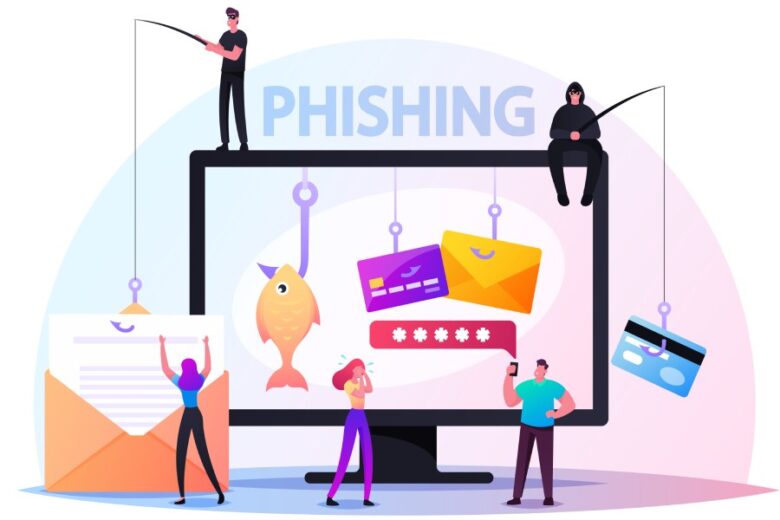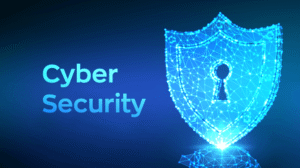In today’s digital landscape, email is a crucial way to communicate with others, both personally and professionally. However, despite its ease of use, email also carries hidden dangers that most people are unaware of. One of the most common ways hackers and cybercriminals trick consumers into providing personal information is through phishing emails and online scams. These fake messages often appear legitimate and come from trusted companies, but their real goal is to steal your money, data, or identity. To be safe online, you must learn to spot and avoid these emails.
The Dangers of Phishing Emails
Phishing emails are harmful because they look legitimate. To convince you they are genuine, scammers may use the names of well-known companies, banks, or even governments. If you click on a malicious link or open an infected attachment, you may not even know it, but hackers could potentially gain access to your passwords, bank account details, or other personal information. Some phishing attacks steal data and install malware on your device. Such malware allows attackers to track your activity or lock you out. Phishing is therefore one of the most common and damaging forms of cybercrime.
Common Email Tricks to Steal Your Data
Phishing emails often play on human emotions, such as fear, urgency, or curiosity. If you don’t change your information immediately, you might receive a notification threatening to block your bank account. Someone might promise you a prize, a lottery win, or a discount if you act quickly. Some scammers even assume the identity of a friend or colleague who has experienced account compromise. These tactics are designed to trick you into taking action without thinking. By understanding these patterns, you can avoid clicking on anything suspicious and protect yourself from these scams.
Warnings in Email Content
Besides the sender and the link, phishing emails often contain other elements that make them suspicious. Many of these scams are carried out by people who don’t pay attention to detail. Grammatical errors, spelling mistakes, or strange phrasing are typical signs of a scam. They might replace your name with pleasantries like “Dear Customer.” Phishing emails often intimidate you and tell you to take immediate action to avoid unforeseen consequences. If you receive an email asking for personal information, such as a password, PIN, or credit card number, it’s likely a scam. Legitimate companies would never ask for this information via email.
Risk of Fake Attachments and Malware
Phishing emails sometimes contain attachments that resemble invoices, receipts, or other important documents. These attachments may seem safe, but if you open them, they could potentially install malware on your device. This malware can steal your data, monitor your actions, or even lock your files and demand a fee to unlock them. If you receive an unexpected attachment, especially one from someone you don’t know, don’t open it. Even if the email appears to be from a friend or acquaintance, always check it before downloading anything. Checking it through other methods can reduce the risk of malware spreading.
Checking the Email’s Authenticity
If you receive a suspicious email, it’s advisable to verify its authenticity before taking action. Don’t click on links in emails claiming to be from a bank or service provider. Go directly to the official website by typing the address into your browser. You can also call the customer service number on the official website to confirm the email’s authenticity. Verifying with a trusted source ensures you don’t fall for fake messages designed to steal your information.
How to Stay Vigilant and Safe
Education and awareness are essential to preventing phishing attacks. Cybercriminals are constantly developing new techniques to conceal their attacks, but the better you understand how these attacks work, the less likely you are to become a victim. Schools, businesses, and governments all implement programs to help people recognize phishing attacks before they cause damage. As an individual, it helps to stay informed about the latest scams and inform friends and family about staying safe online. One of the best ways to prevent phishing is to be vigilant.
Using Security Tools to Protect Yourself
Using the right tools can help you defend against phishing attacks, going beyond just being aware of them. Many email services have filters that automatically send spam to your spam folder. Antivirus software and firewalls can block malicious websites and identify malware, providing even better protection. Regularly updating your software keeps your devices protected against the latest threats. Two-factor authentication adds an extra layer of security to your account. This means that even if an attacker knows your password, they’ll still need to complete a second step of verification before logging in.
Conclusion
Phishing emails and online scams are among the most common risks of the digital age, but you can avoid them by being cautious, paying attention, and practicing positive habits. You can significantly reduce your risk of becoming a victim by being wary of unknown messages, verifying the source, and using security tools. Remember that legitimate companies will never pressure you into providing private information via email or threaten you with immediate action. Protecting your personal and financial information means staying vigilant and taking action. Protecting your online security is your responsibility, and constant vigilance is essential, but it’s definitely worth it.
FAQs
1. What is an email that tries to steal your information?
A phishing email is a fake message that appears to come from a trustworthy source but, in reality, tries to trick you into providing personal or financial information.
2. How do I know if an email is a scam?
Look for signs of a problem, such as an unfamiliar sender address, grammatical errors, urgent wording, or links to unknown websites.
3. What should I do if I click on a link that appears to be from a scammer?
If you accidentally click on a phishing link, don’t provide any information. Instead, immediately close the page and run a security scan on your device.
4. Are email attachments safe to open?
Only open attachments from people you trust. Malware can sometimes be spread through strange or unexpected attachments.
5. Can I report phishing?
Yes, you can help protect others by reporting phishing emails to your email provider, bank or service provider, or even to your local cybersecurity agency.




